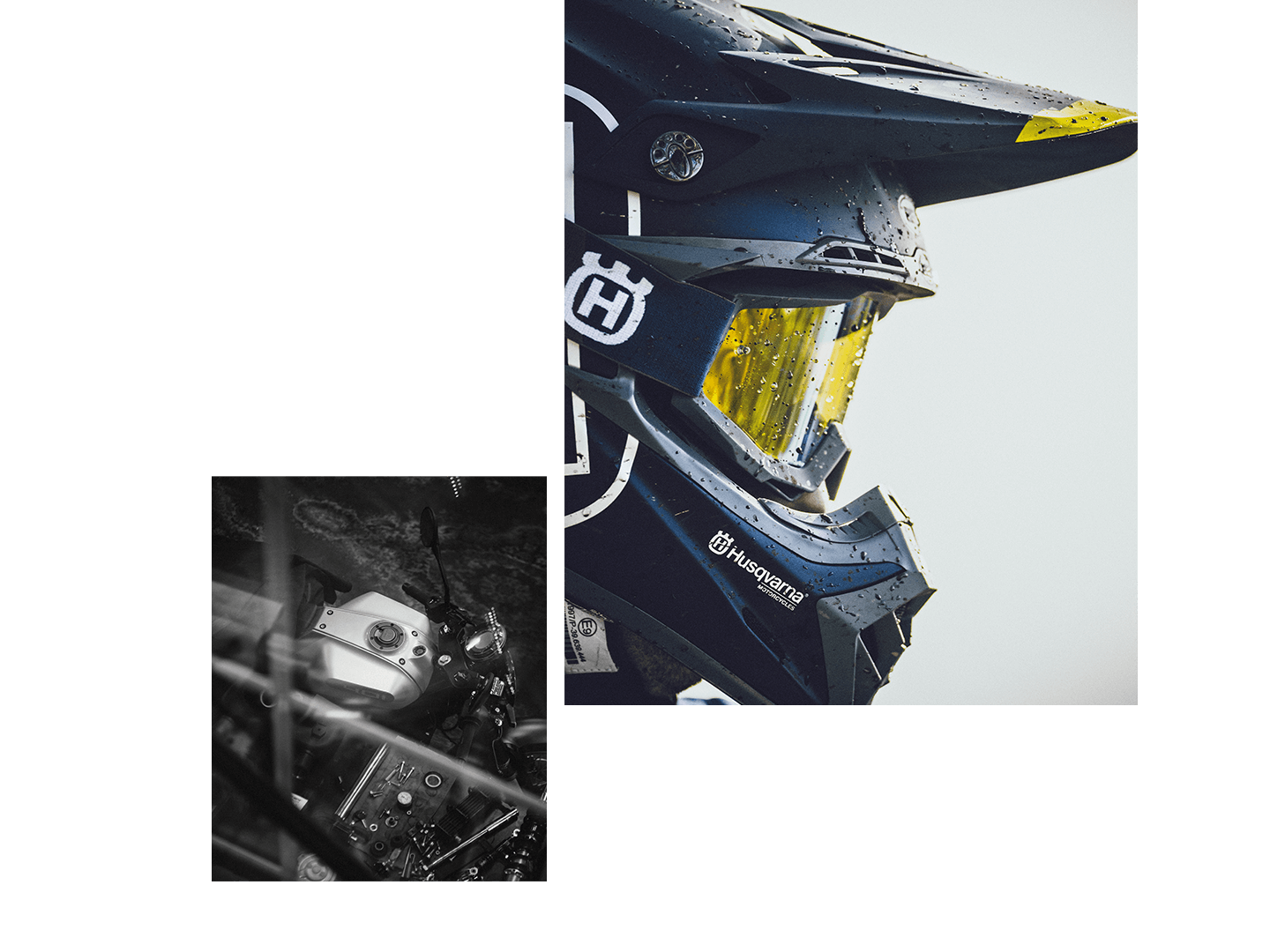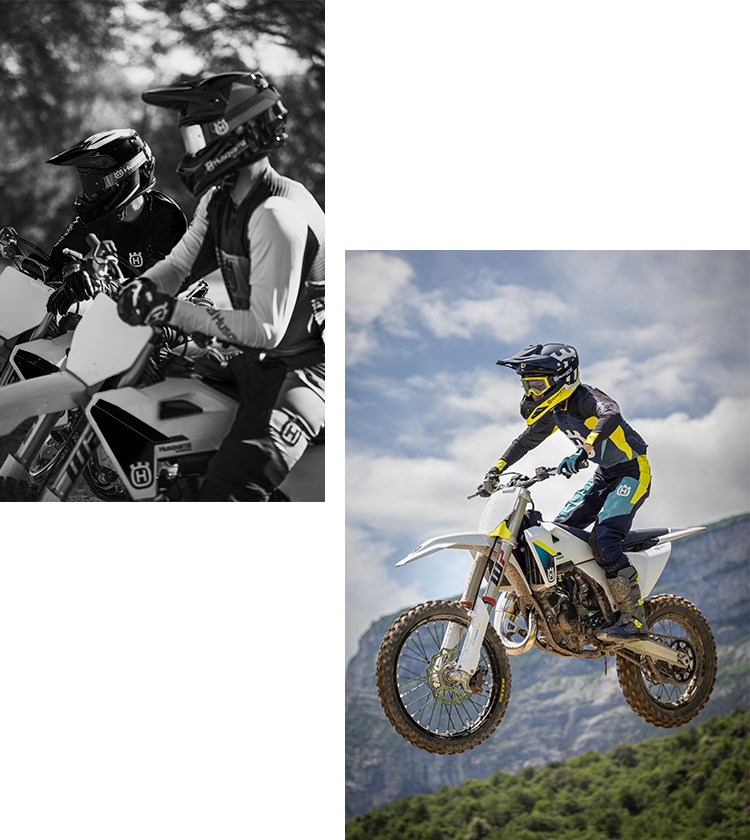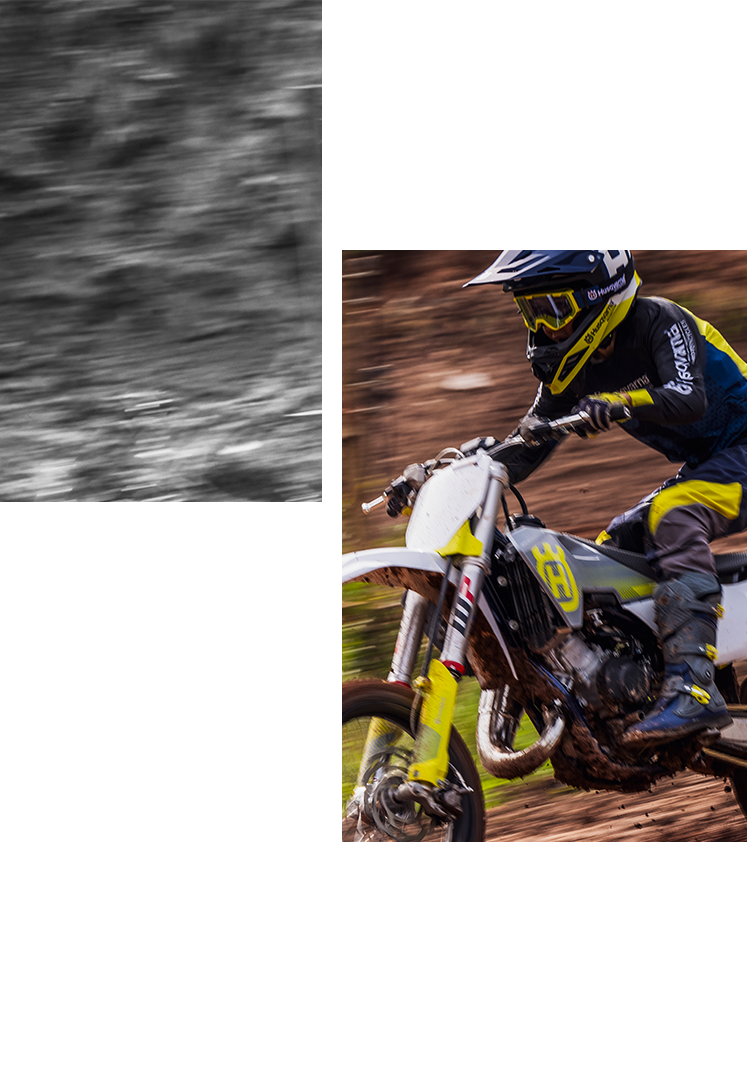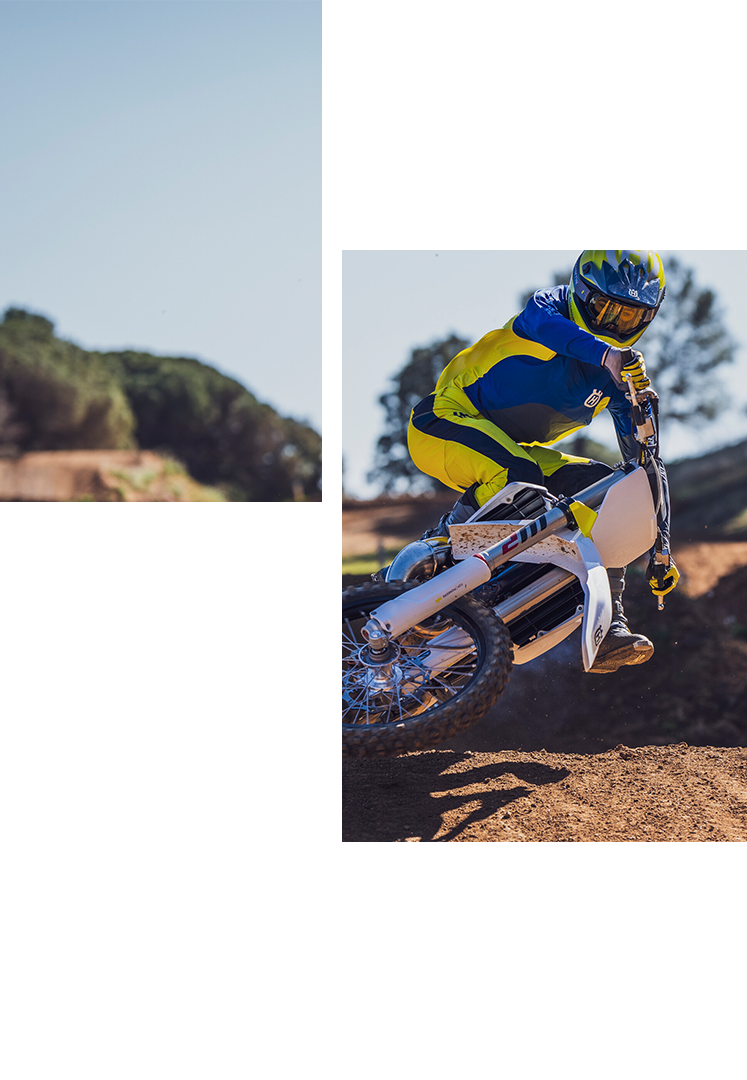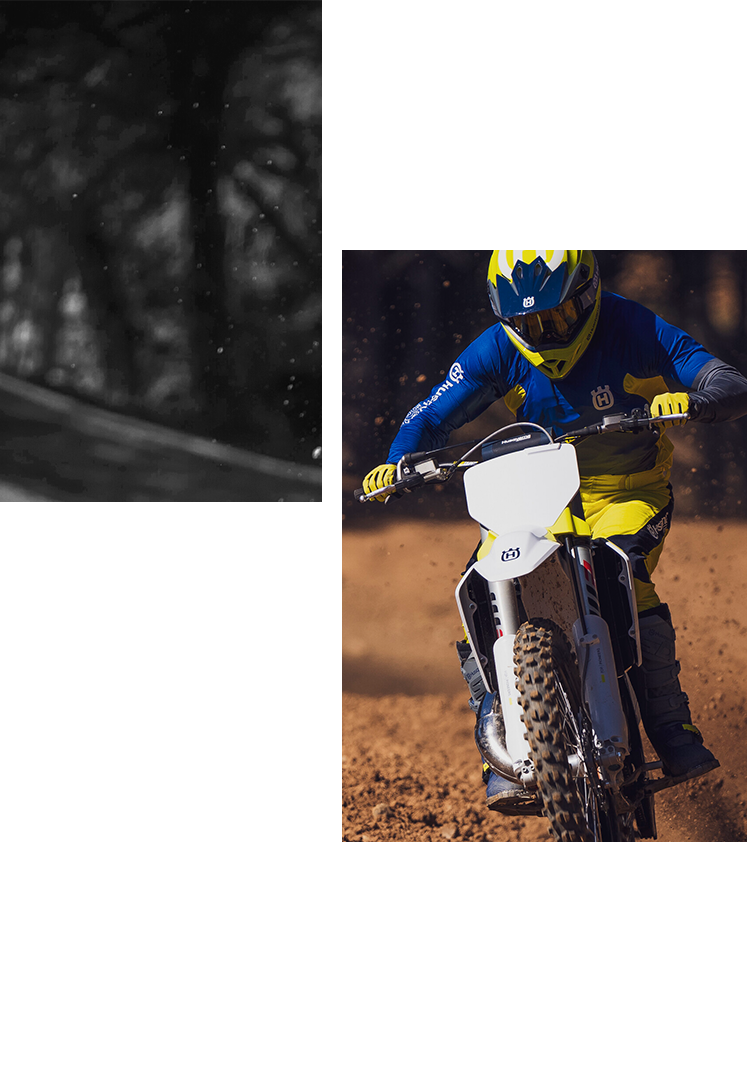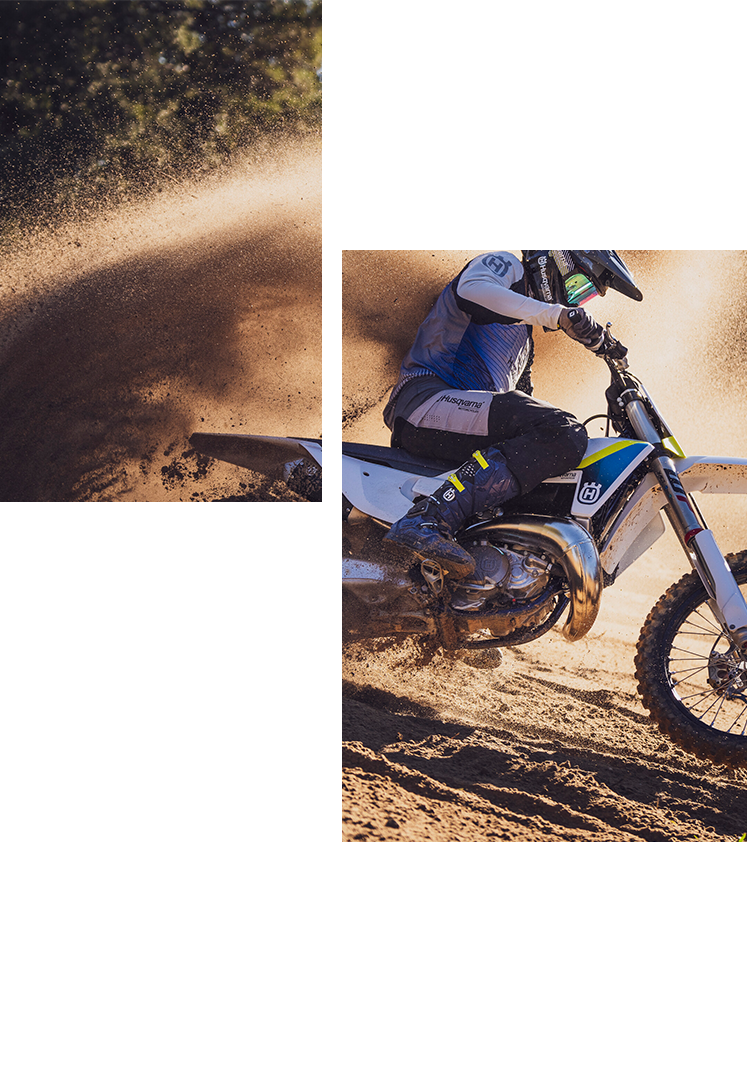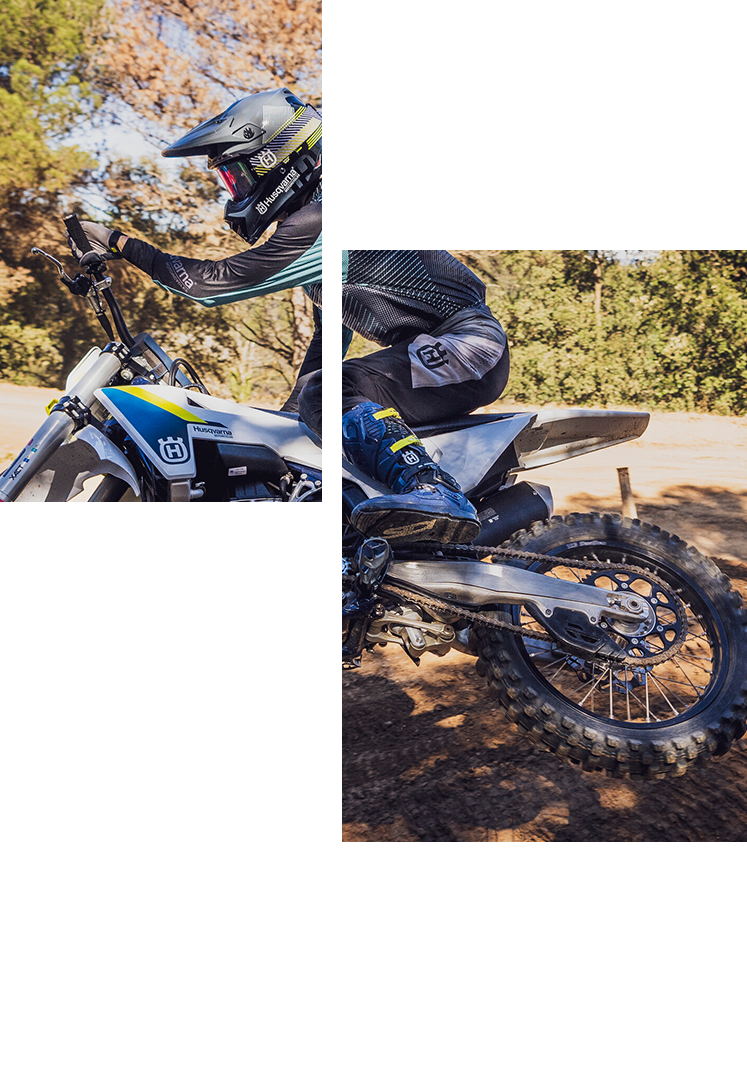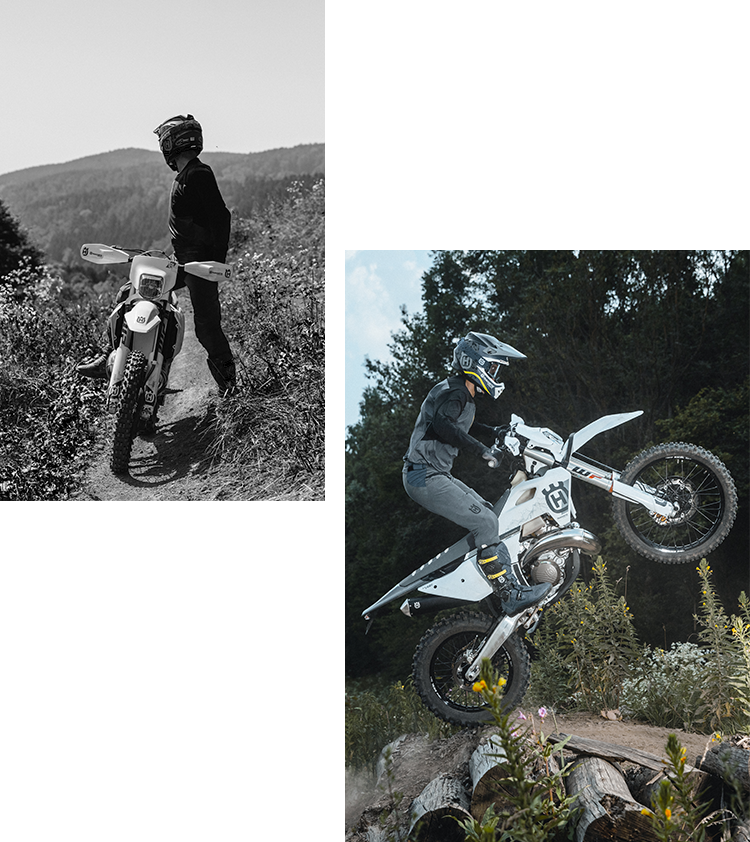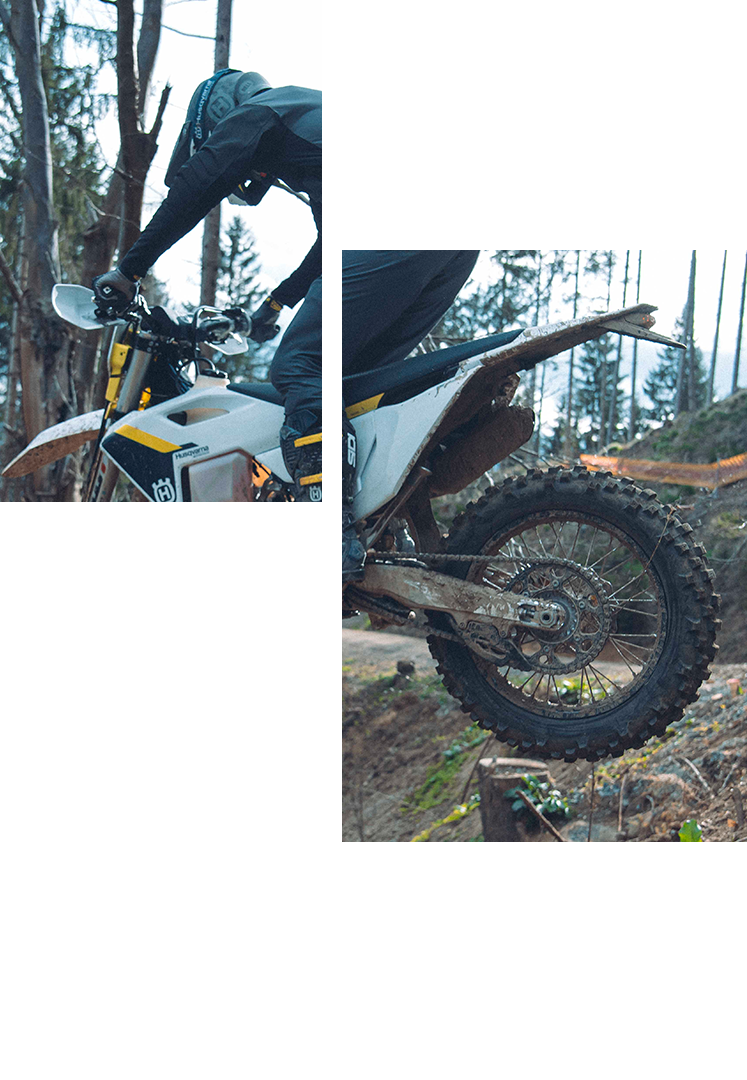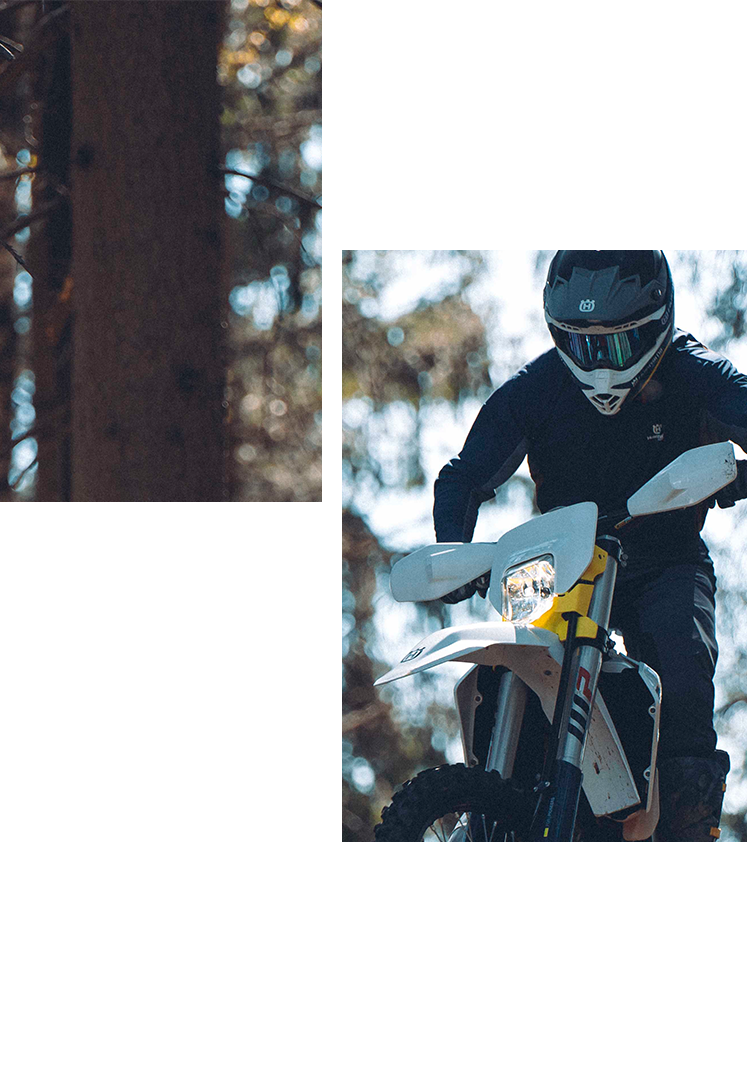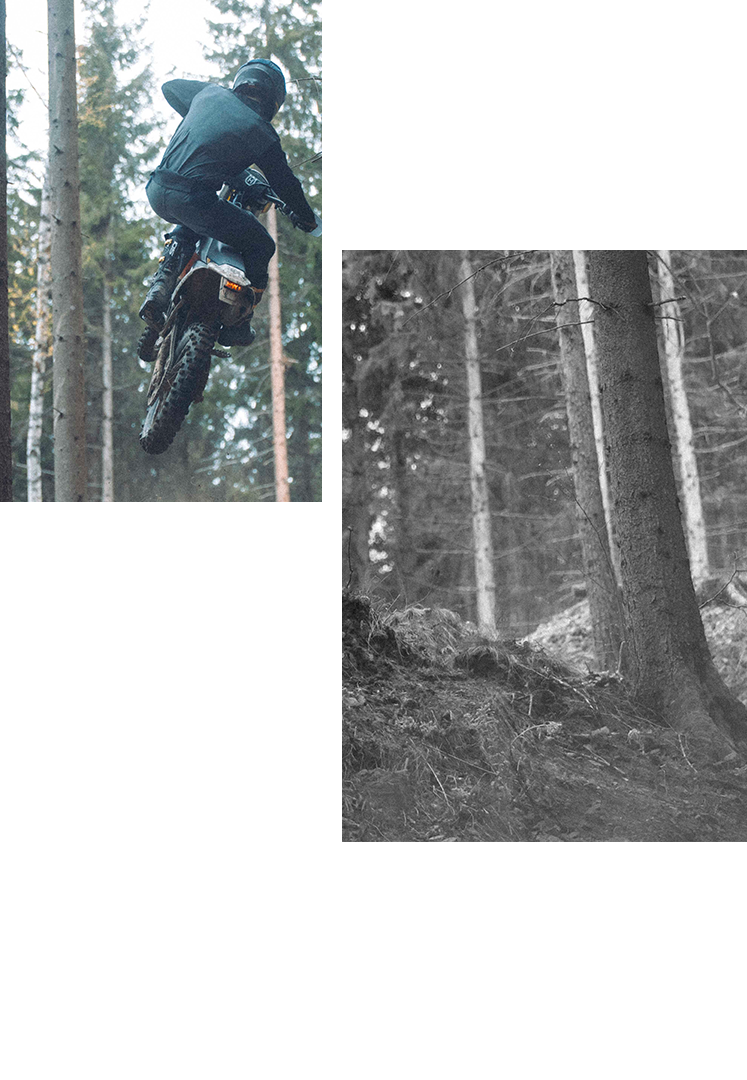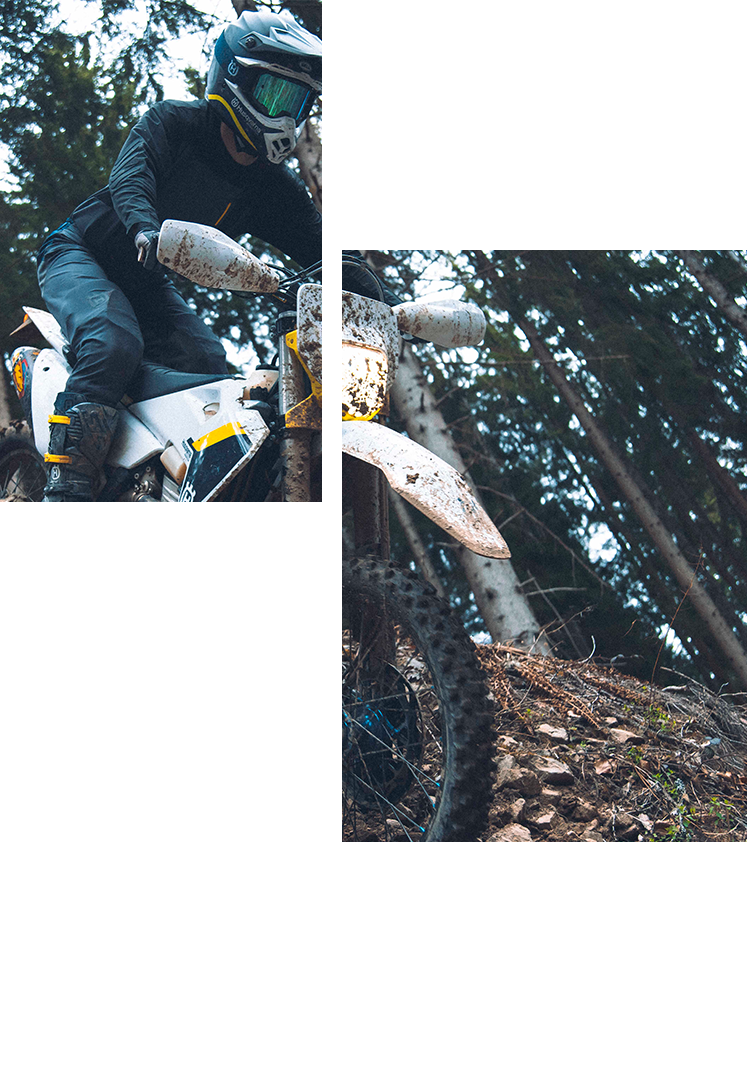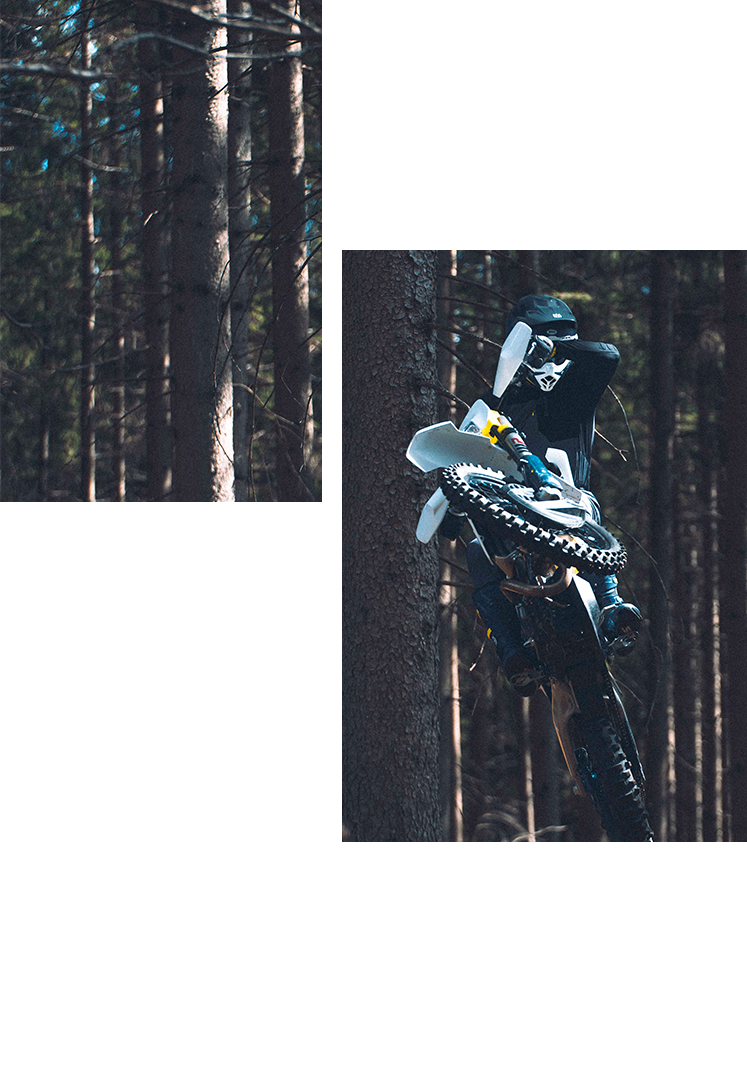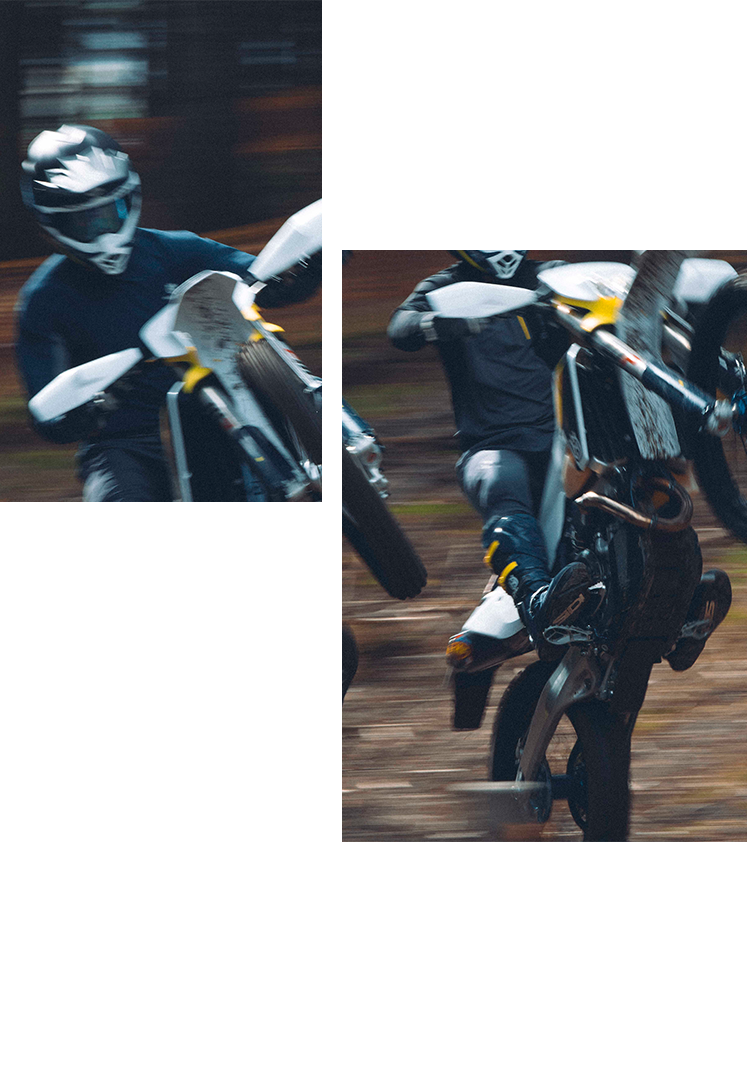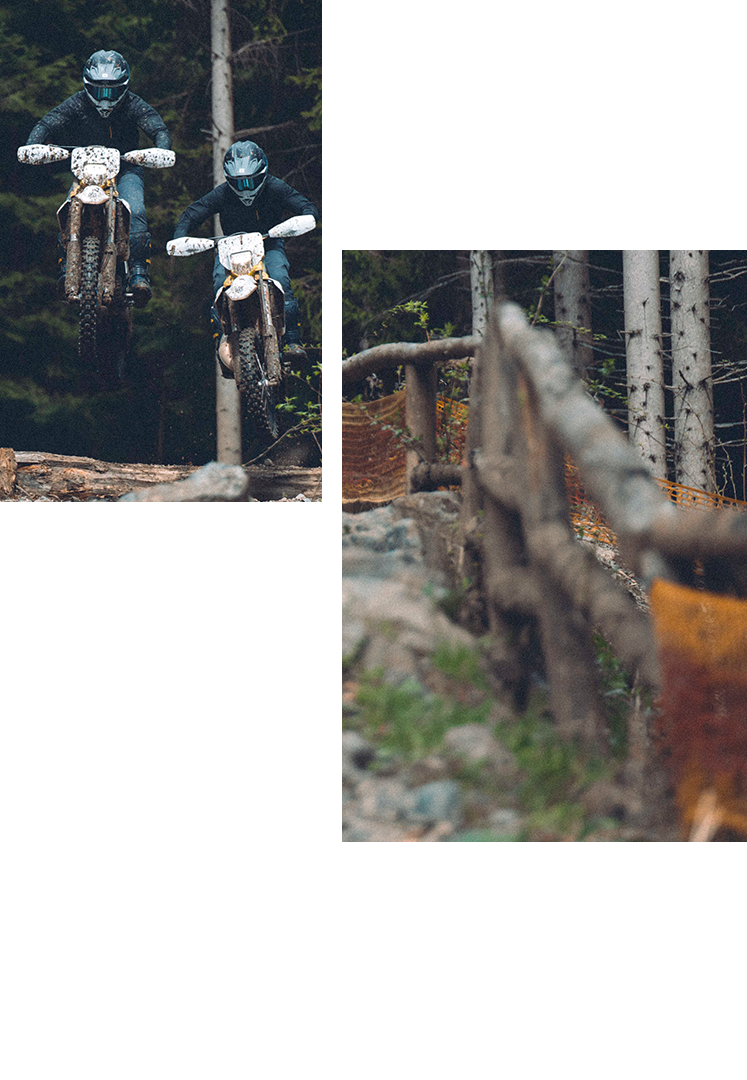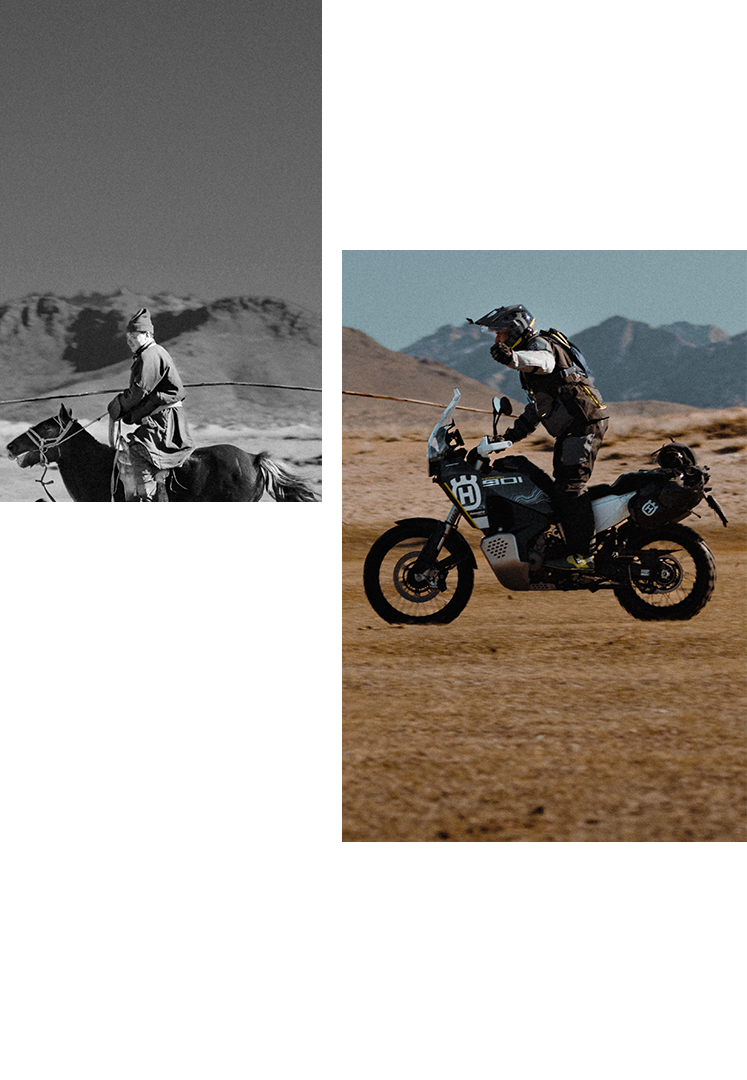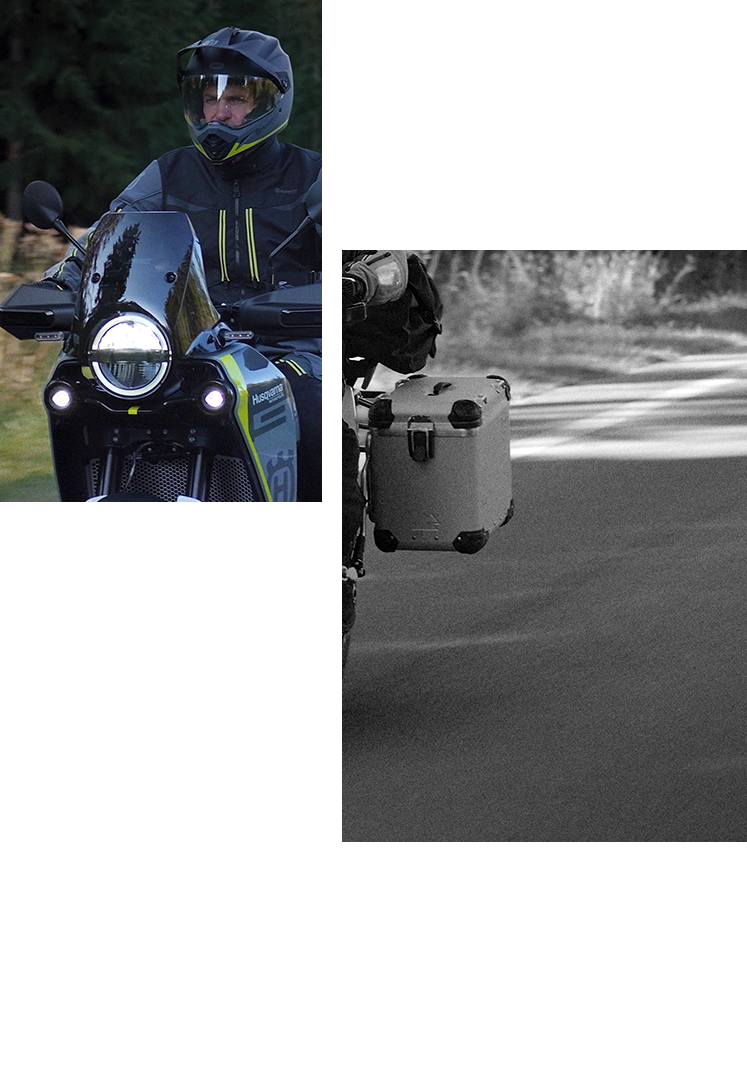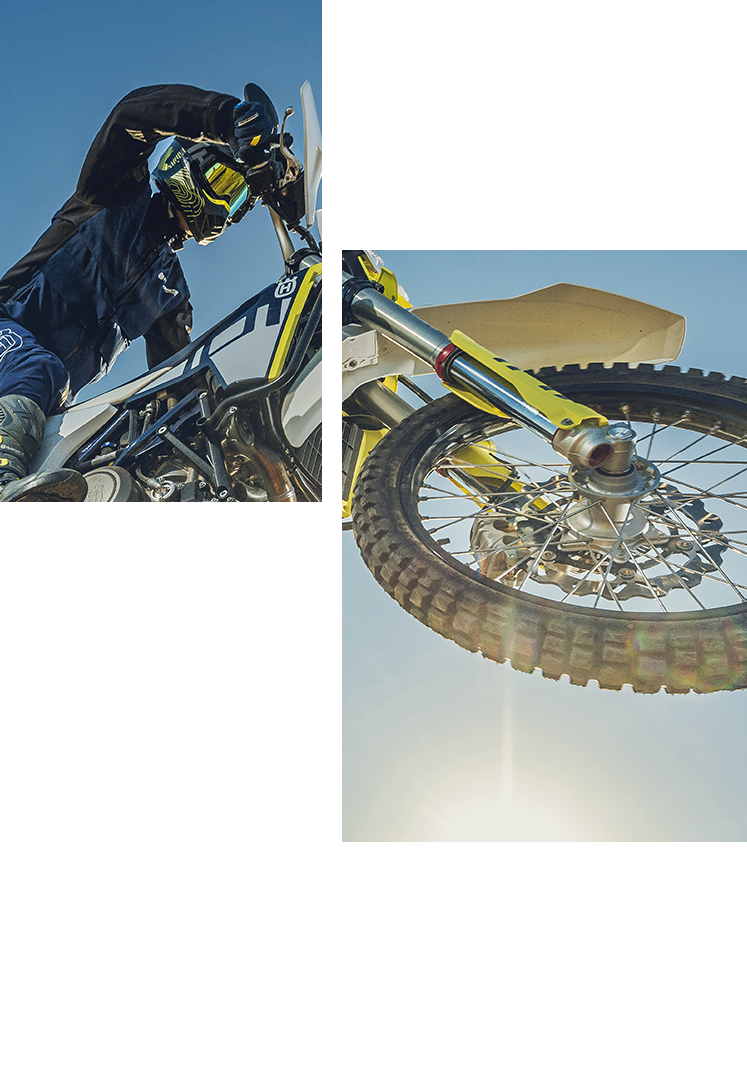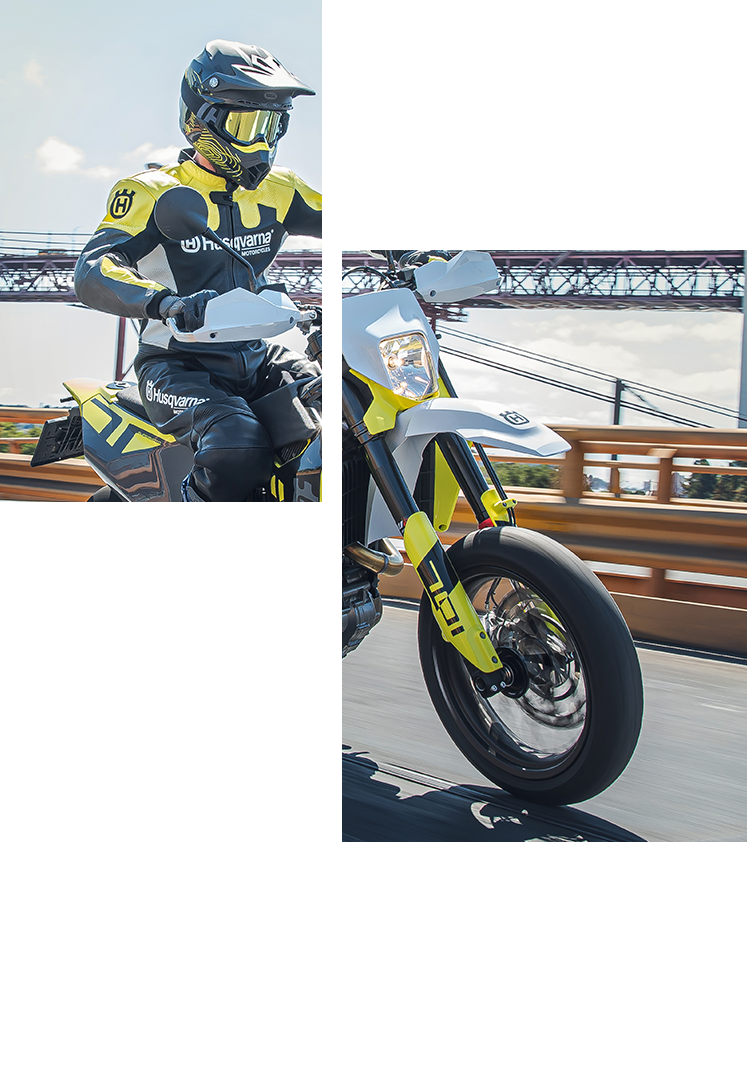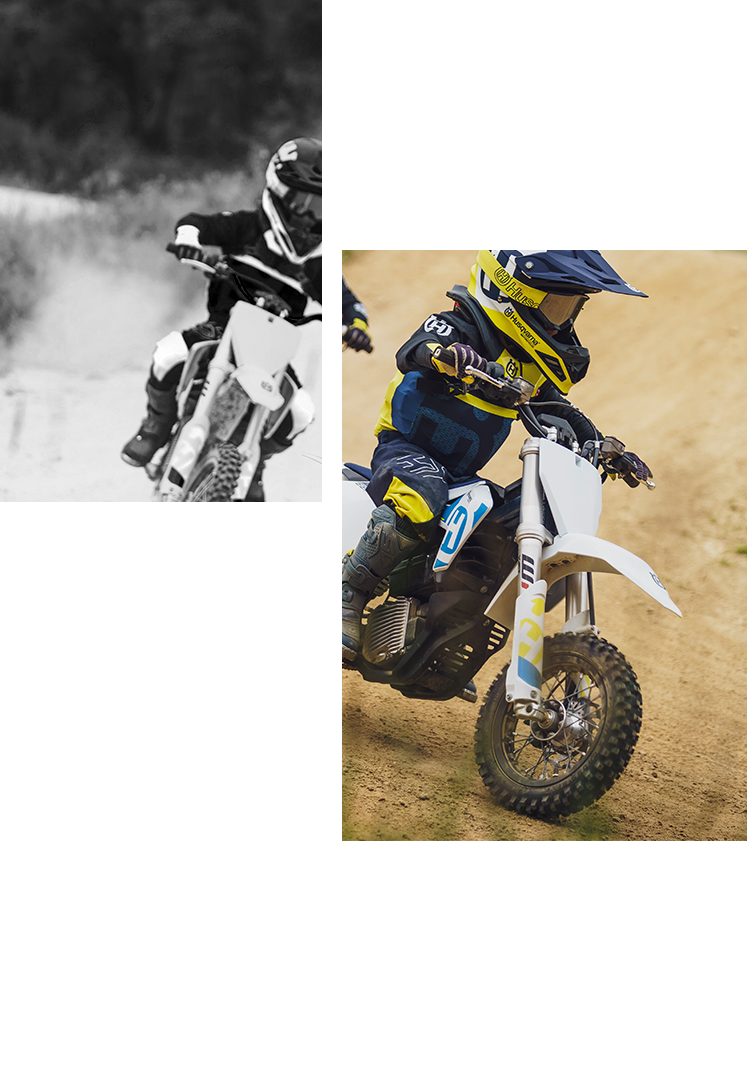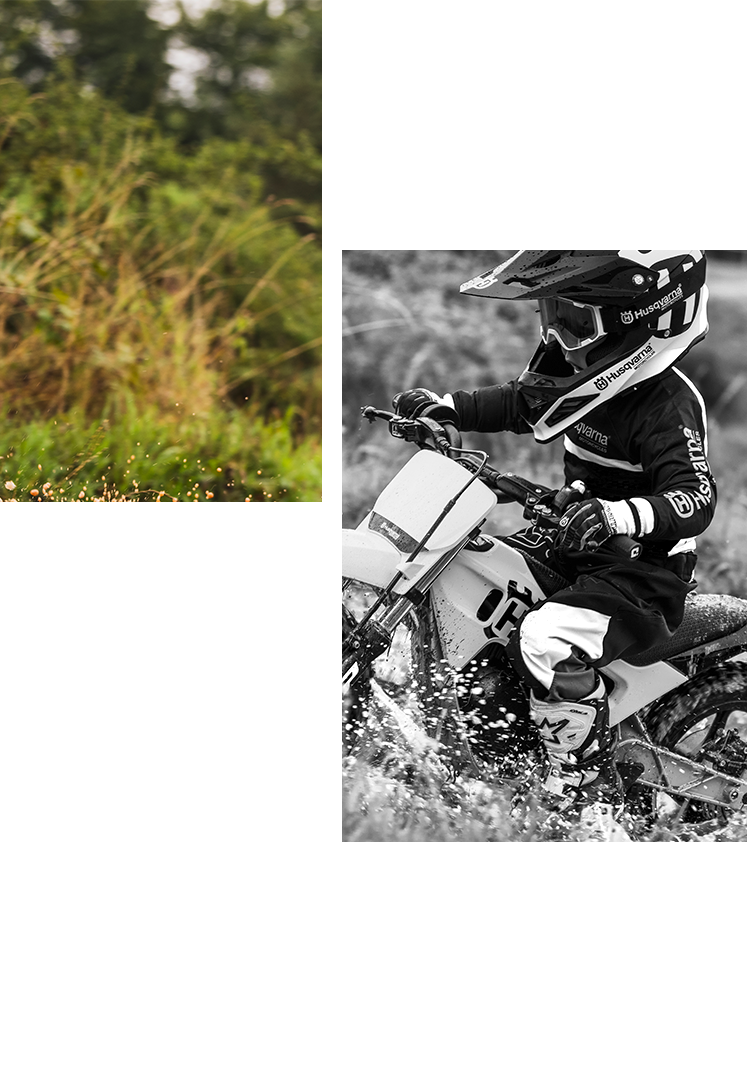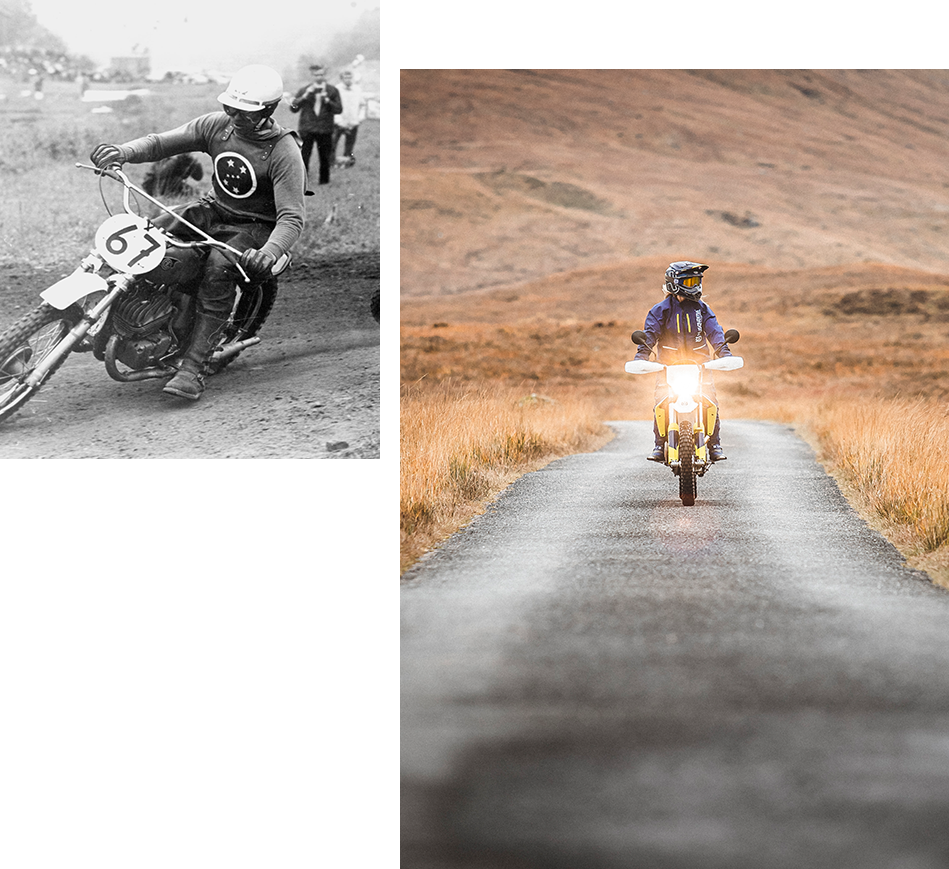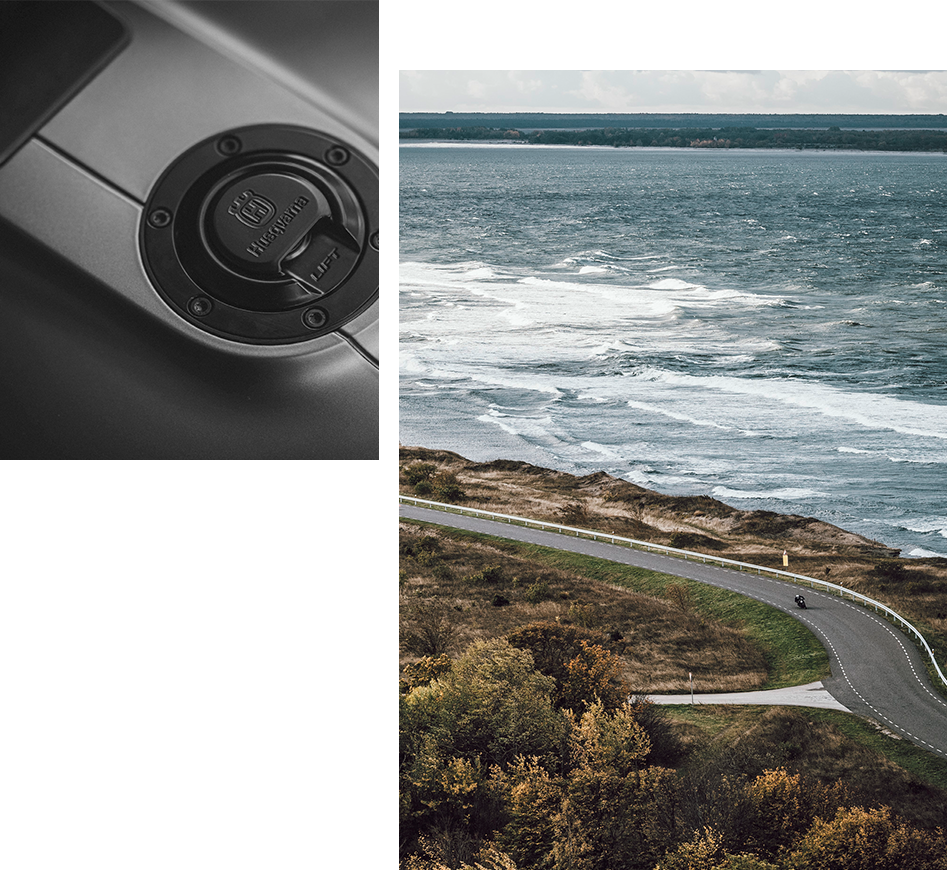Having said that, it was well-known that this newcomer was a true novelty amongst the finest market products available in the middle of the fifties. ‘Viking steel bites’ was often heard in the discussions of field experts. So, let us look at the hard, technical facts of this wonderful machine. The basis of the power from the Dream Machine was used, but since it needed development, there were several technical updates that made this power plant both quicker and more modern. Both the cylinder and the top-end were made from aluminium, increasing heat dissipation, while the cylinder walls were fabricated in hard-chrome steel. Both cylinders and pistons came from the German manufacturer Kolbenschmidt. Maximum power from the engine was measured at a ‘stunning’ nine horsepower at 6,000 rpm. The cylinder measurements were 60 millimetres in diameter and the stroke was at 61.5 mm, which gives us exactly 173.8 cc. A German Bing twin-port carburettor was incorporated in the engine design. This unusual Bing product for the 282 model, was a two-in-one concept with double throttle-slides in one carburettor body. One throttle rose before the other, which made for smooth riding. The gearbox had three positions and all-in-all, this beast was capable of doing 100 km/h, which at the time was a very good figure.
The silver arrow - Episode 2
By Kenneth Olausson
We head back in Husqvarna history to their important Silver Arrow model, which was released in 1955. It was a 175 cc ‘lightweight’ motorcycle with a 2-stroke engine and a three-speed gearbox. This model was manufactured until 1965 and there were 11,300 units made. Here, we take a look on how this ‘Silverpilen’ bike paved the way for the factory's future success in which the Silver Arrow played an important role putting Husqvarna on the world stage.
According to standards, the lightweight tubular frame was a simple but elegant stamped-steel product where the engine helped to make the bike stable as a part of the build. The ‘rubber band’ suspension was acceptable at the time, but only gave a little riding comfort. Demands were not so advanced in the fifties and the factory soon produced better rubber for their front fork suspension. Streamlining was part of the styling concept and Husqvarna wanted no less, of course. Both the front forks with leading link and rubber links and the head-lamp suited well into this modern, up-to-date design. The single-exhaust system however trimmed more weight. Later, there was a Sports model, which used double-exhaust pipes. Immediately though the weight crept over 75 kilos, but this was of minor importance for the export markets.
A friend of mine once told his story going to Germany with his ‘Silverpilen’ (Swedish for Silver Arrow) back in 1957 when he had purchased a used 175 cc Husqvarna. "After the machine I had been riding before, this was like coming into paradise," he said. He was working day time and then bike riding at night - every day of the week. “I had to pick up some spare parts for my employer and he thought it was quicker to let me go fetch them instead of the usual transportation methods. I made it back in three days after visiting Hamburg picking up the parts. My machine ran perfectly and despite some spills on slippery tarmacs, I had no problems during my entire trip." This episode seems to represent what many of the young guys at the time experienced - going to the limit with their Husqvarna, without any problems! The price of the Silver Arrow in 1955 was 1,890 Swedish Kronor corresponding to around 375 U.S. dollars at the time.
Launching the newcomer took place in 1955. From the media, the motorcycle was considered to be a rocket toy with an uncertain future. But it soon turned out that this mischievous bike was a hit for the new generation. Besides rock 'n' roll, young people also liked the 2-stroke music and the Silver Arrow became ‘The Graduate’ into the big world. The teenage dream was the big leap from a moped to a grown-up motorcycle!
After a couple of years on the market it became clear that the existing 175 cc power plant needed development. Increasing the capacity to 200 cc this newcomer was soon nicknamed the ‘Golden Arrow’. The designers counted on 15 horsepower under continuous load while the machine was only ten kilograms heavier than its predecessor. This made a subtle advantage on the market, but the Golden Arrow - manufactured between 1957-59 - was never accepted by the public so a mere 1,250 units were manufactured before Husqvarna skipped this model entirely. Overall, the Silver Arrow was a tremendous success for the Swedish motorcycle industry. Husqvarna established an international name, although exports of this particular model were limited.
